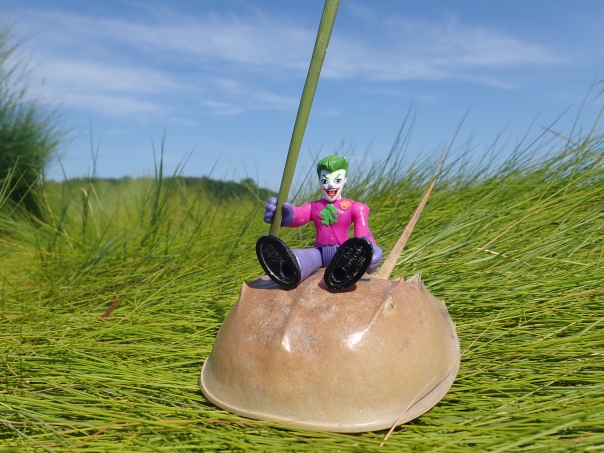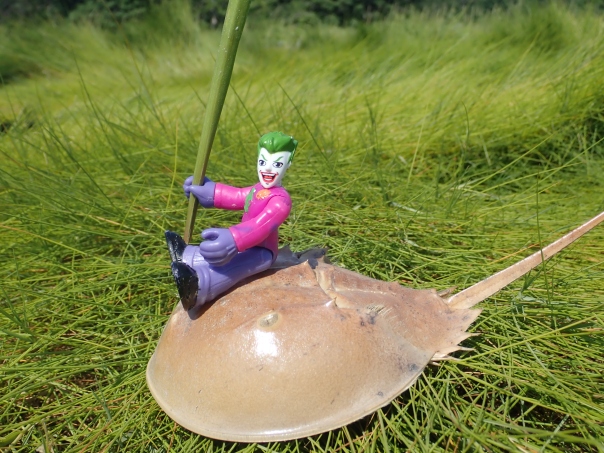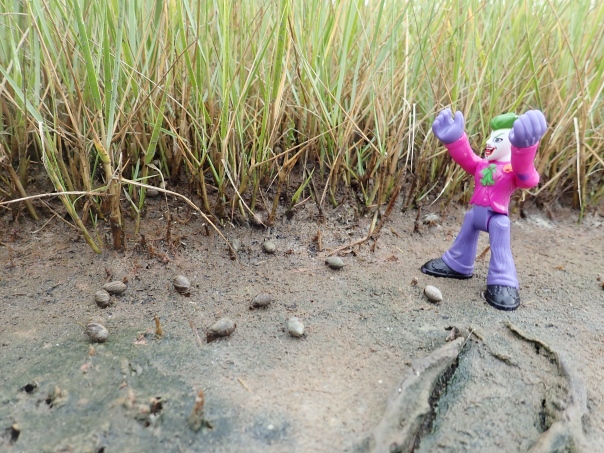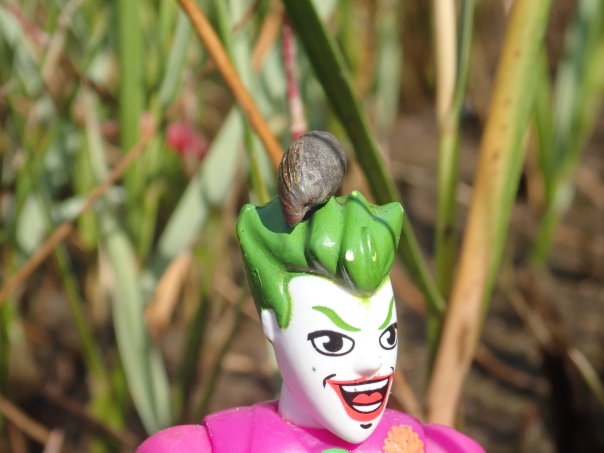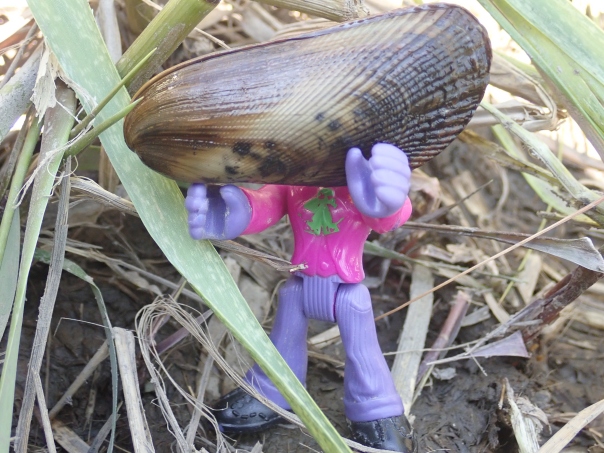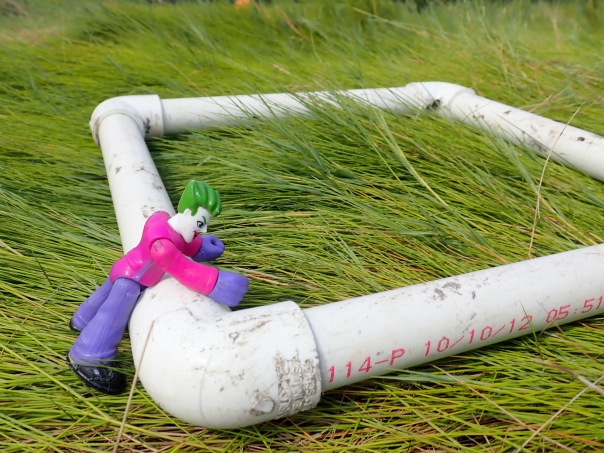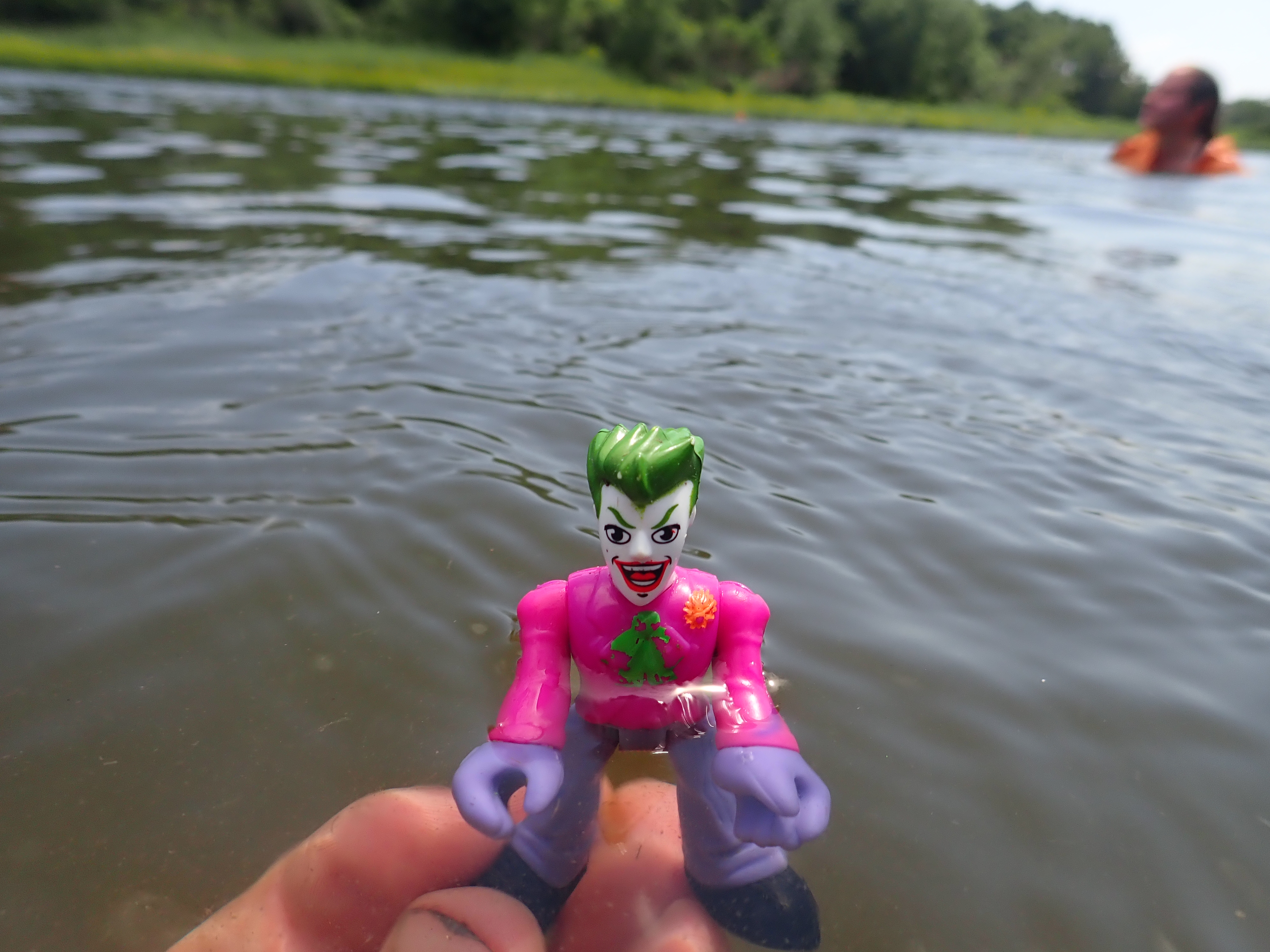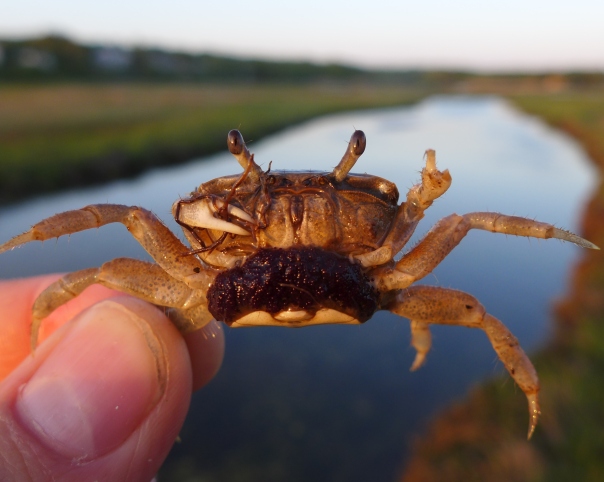41 degrees Fahrenheit
You’re naked. In a salt marsh. With a giant rock on your back. It’s 41 degrees Fahrenheit. A cold that kills comes tonight. You see someone else. They’re naked. In a salt marsh. With a giant rock on their back. They’re covered in a slimy goop that is sticky and slippery at the same time. They have tentacles on their head. That’s weird. Then you remember, “Oh yeah. I’m a snail.”
As a snail, you are cold-blooded (the scientific term is ectotherm), meaning that you can’t regulate your body temperature internally like those uppity warm-blooded animals (endotherms) like mammals and birds. Your outside temperature is your inside temperature. What happens when the temperature drops below freezing? How do you survive if you are no warmer than an icicle?
38 degrees Fahrenheit
Head south to overwinter in Mexico or the American south like the monarch butterflies, green-darner dragonflies, and not-so-hardy New Englanders? No, you are a slow-footed gastropod and travel only as far as the nearest plant.
36 degrees Fahrenheit
Bury yourself under leaves, moss and the soft soil like the forest and garden snails? There is no moss here. And the leaves are few and the mud is as soft as a cinder block.
Other snails join you at the plant. You all huddle into a cuddle puddle.
34 degrees Fahrenheit
Hibernate like a bear in a cave? Marshes, by their geologic definition of having no rock from which to carve a cave, have no caves. Some snails, if lucky, sneak into crab burrows and stowaway in a muddy hibernaculum. But the holes are few and the snails are many. And a burrow is just a hole and holes are cold.
Your heartbeats slow.
33 degrees Fahrenheit
Fill your blood with antifreeze like some insects? That’s not a trick you can pull off. But you must do something because cold kills. It’s not the cold itself that kills, it’s the stiletto-sharp ice crystals that form inside your cells. Crystals shred the cell’s membrane and the nucleus and mitochondria spill out like guts from a disemboweled goat. A cell freezing is like stabbing a water balloon with a hundred toothpicks from the inside. Frozen cells die. Freeze enough cells and you die. Winter will kill you.
Or will it?
32 degrees Fahrenheit
Parts of your body start to freeze.
30 degrees Fahrenheit
The water in your body continues to freeze. But not the water inside your cells, the water outside your cells. The water between the cells. Because of osmosis, this pulls water out of your cells, which makes them saltier. Salty cells, like salted roads, lower the freezing point of water and do not freeze.
22 degrees Fahrenheit
It’s midnight. You heart has nearly stopped. Parts of your body have frozen, but your cells have not. You will survive another winter. But you will still be naked, carrying a big rock, and covered in goopy slime.
It could be worse; you could have a fish living inside your anus.




Post-script
Many marine snails use this ‘freeze part of my body’ trick to survive the winter. The snails starring in this essay are the coffee-bean snail, Melampus bidentatus, and the marsh perwinkle, Littoraria irrorata.
Post-post-script
It’s not clear to me why the snails huddle together when it’s cold. I can come up with at least two hypotheses. First, snails huddle together to shelter each other from the wind. Second, they may not be seeking each other, but all seeking a plant to huddle against. Like humans at an airport. You’d like to avoid everyone, but you’re all drawn to the same place and have no choice but to huddle together and try to survive.

